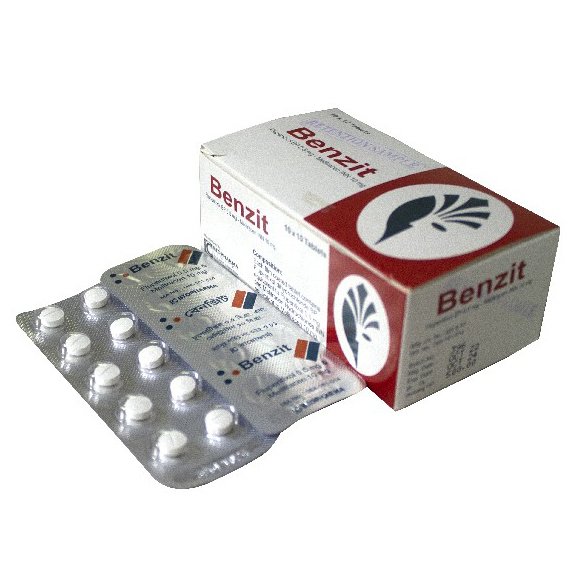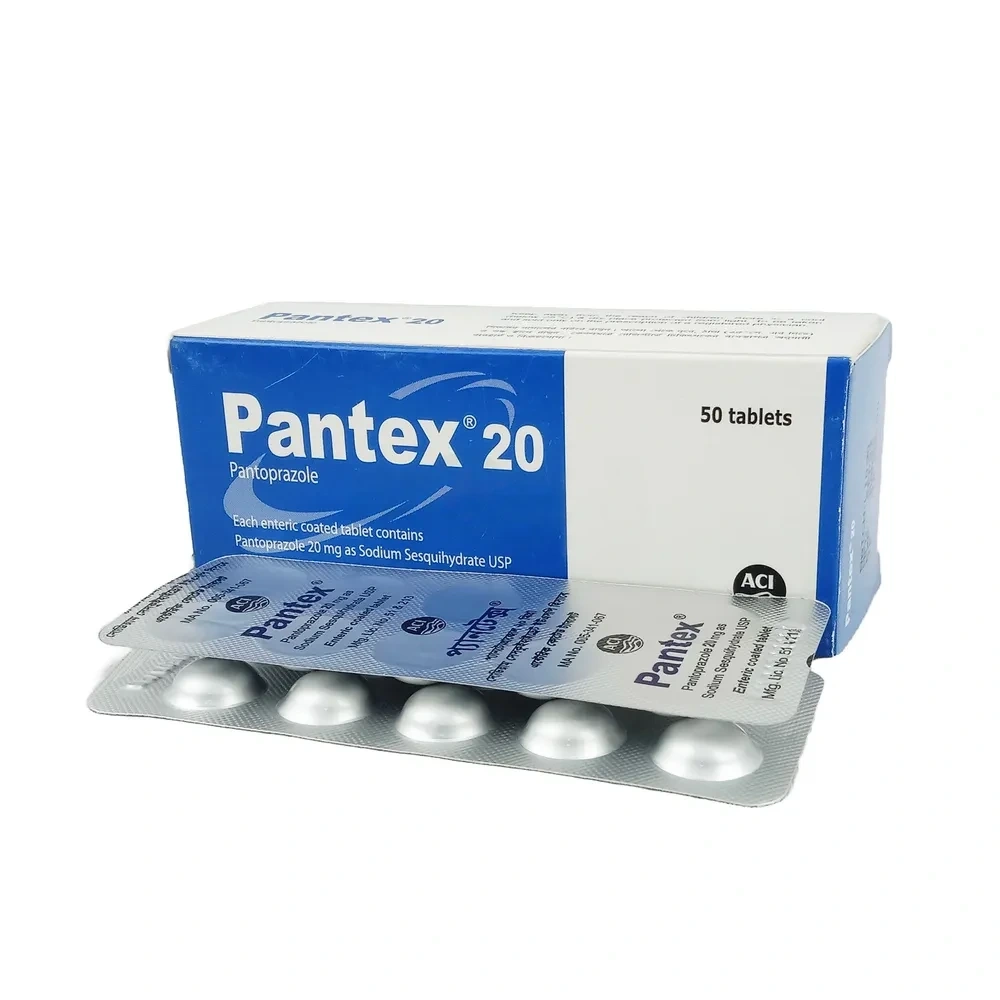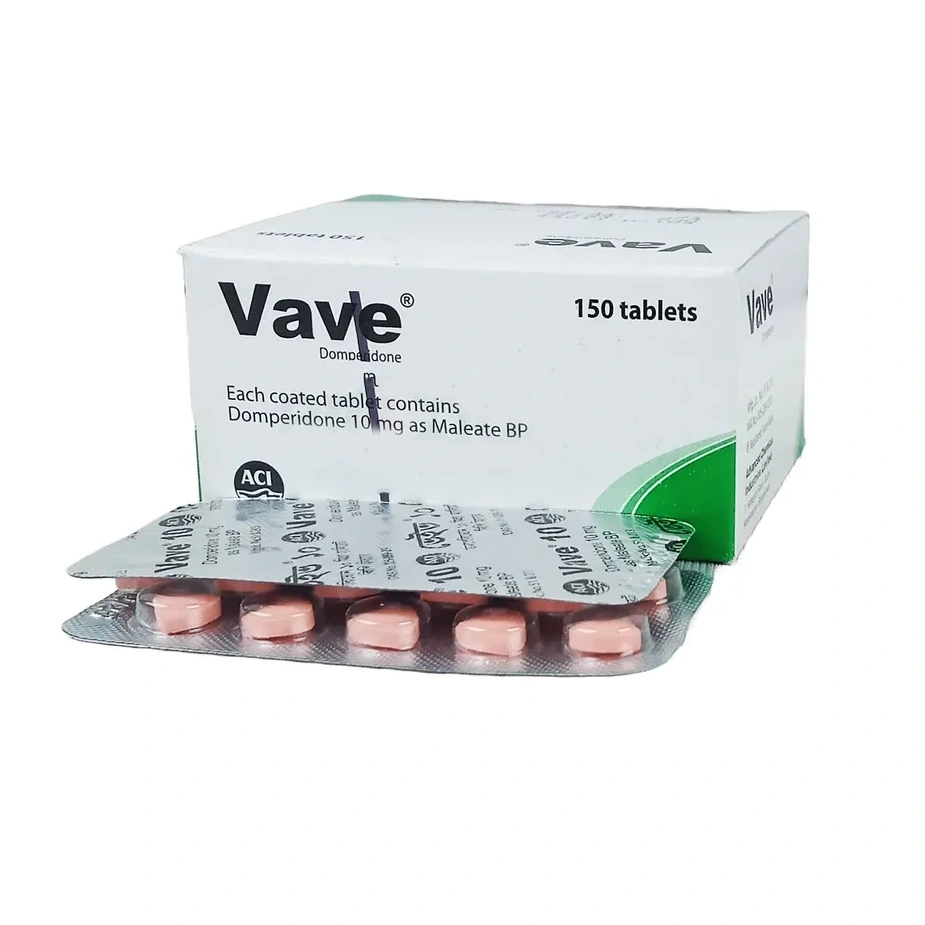Medicine Overview of Erosa 500mg Tablet
Erosa 500 is an antibiotic used to treat various types of infections. It is effective in most infections of the respiratory tract, ear, nose, throat, lungs, and skin. It stops the bacteria from growing, which helps to resolve the symptoms and cures the infection.
Erosa 500 is taken orally, preferably either one hour before or 2 hours after a meal. It is best absorbed when taken on an empty stomach. It should be used regularly at evenly spaced time intervals as prescribed by your doctor. Do not skip any doses and finish the full course of treatment even if you feel better. Stopping the medicine too early may lead to the infection returning or worsening.
Commonly seen side effects seen with this medicine include vomiting, nausea, pain in the abdomen and diarrhea. These are usually temporary and subside with the completion of treatment. Consult your doctor if you find these side effects do not resolve or persist for a longer duration.
Inform your doctor if you have any previous history of allergy or heart problems before taking this medicine. Pregnant or breastfeeding women should consult their doctor before using this medicine.
- Bacterial infections
- Vomiting
- Nausea
- Abdominal pain
- Diarrhea
-
Your doctor has prescribed Erosa 500 to cure your infection and improve your symptoms.
-
Do not skip any doses and finish the full course of treatment even if you feel better. Stopping it early may make the infection to come back and harder to treat.
-
Take it 1 hour before or two hours after food.
-
Do not take antacids 2 hours before or after taking Erosa 500.
-
Diarrhea may occur as a side effect but should stop when your course is complete. Inform your doctor if it doesn’t stop or if you find blood in your stools.
-
Stop taking Erosa 500 and inform your doctor immediately if you develop an itchy rash, swelling of the face, throat or tongue or breathing difficulties while taking it.
Susceptible infections, Respiratory tract infections, Enteritis, Pertussis, Trench fever, Chanroid, Chlamydial infections, Diphtheria, Legionnaire’s disease, Pneumonia, Sinusitis, Bronchitis, Acne, Rheumatic fever, Neonatal conjunctivitis.
Should be taken on an empty stomach. Best taken on an empty stomach at least ½ hr & preferably 2 hr before meals.
Reconstitution: Oral susp: Add 77 mL of water and shake vigorously. This makes 100 mL susp.
Adults: Usually 250 mg every 6 hours, or 500 mg every 12 hours. May increase up to 4 g/day, according to severity of infection.
Upper respiratory tract infections of mild to moderate severity: 250 to 500 mg 4 times a day for 10 days.
Lower respiratory infections of mild to moderate severity: 250 to 500 mg 4 times a day for 10 days.
Respiratory tract infections due to Mycoplasma pneumoniae: 500 mg 6 hours for 5 to 10 days, treat severe infections for up to 3 weeks.
Skin and soft tissue infections of mild to moderate severity: 250 to 500 mg 4 times a day for 10 days.
Pelvic inflammatory diseases (PID), acute due to Neisseria gonorrhoeae: 500 mg 4 times a day for 10 to 14 days.
Urogenital infection during pregnancy caused by Chlamydia trachomatis: 500 mg 4 times daily for 7 days or
250 mg 4 times daily for 14 days.
Urethral, endocervical or rectal infections, uncomplicated: 500 mg 4 times daily for 7 days or
250 mg 4 times daily for 14 days.
Non-gonococcal urethritis: 500 mg 4 times daily for at least 7 days.
Neisseria gonorrhoeae: Uncomplicated urethral, endocervical or rectal infections and in penicillinase producing N. gonorrhoeae(PPNG): 500 mg 4 times a day for 7 days.
Early syphillis (primary, secondary or latent syphillis of < 1 year duration): 500 mg 4 times a day for 14 days.
Severe or chronic diarrhoea: 500 mg 4 times a day for 7 days. Rheumatic fever: 250 mg 2 times daily.
Bacterial endocarditis: 1 g 2 hours prior to procedures, then 500 mg 6 hours after initial dose.
Acne: 500 mg twice daily for 3 months reduced to 250 mg twice for 3 months.
Hepatic Impairment
Use caution
Children:
PO 50 mg/kg/day q6–8h
Renal Impairment
Dose adjustment not necessary
Increased risk of cholestatic hepatitis when treatment is >10 days or in patients with previous history of erythromycin usage. History of hepatic disorders; arrhythmias; prolonged QT interval; lactation. Monitor liver function. Avoid estolate in liver impairment. Caution when using lactobionate in patients with severe renal impairment. May aggravate muscle weakness in patients with myasthenia gravis.
Lactation: distributed in breast milk, use with caution; AAP categorizes as compatible with breastfeeding
1-10%
Abdominal pain (8%),Headache (8%),Nausea (8%),Diarrhea (7%),Rash (3%),Vomiting (3%),Dyspepsia (2%),Flatulence (2%),Pain (2%),Pruritus (1%),Pseudomembranous colitis
Hypertrophic pyloric stenosis,Anaphylaxis,Fever,Mild allergic reactions,Urticaria,Skin eruptions,Tinnitus
<1%
Cholestatic hepatitis,Confusion,Hallucinations,Hearing loss,Hypotension,Nervous system effects including seizures,Torsade de pointes,Ventricular tachycardia,Vertigo
Potentially Fatal: Hepatotoxicity, cholestatic jaundice; raised serum transaminases; eosinophilia.
Pregnancy category: B
Lactation: Drug enters breast milk; use with caution (American Academy of Pediatrics committee states that drug is compatible with nursing)















